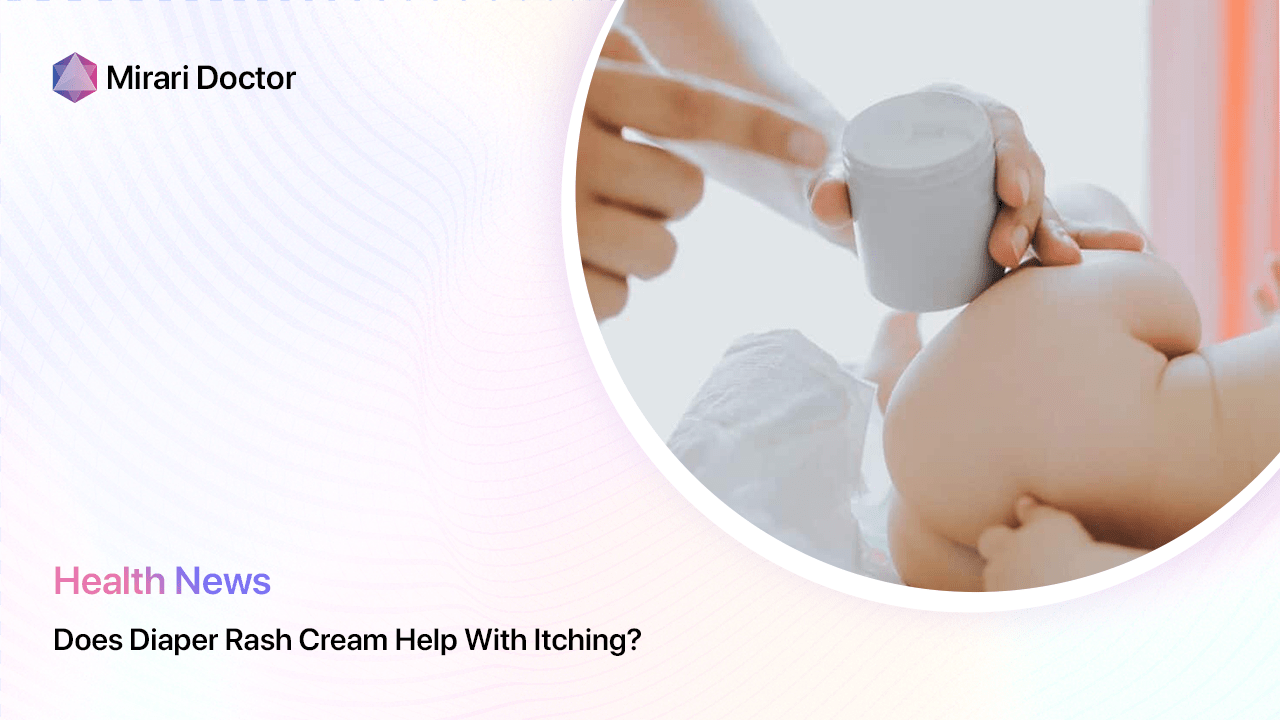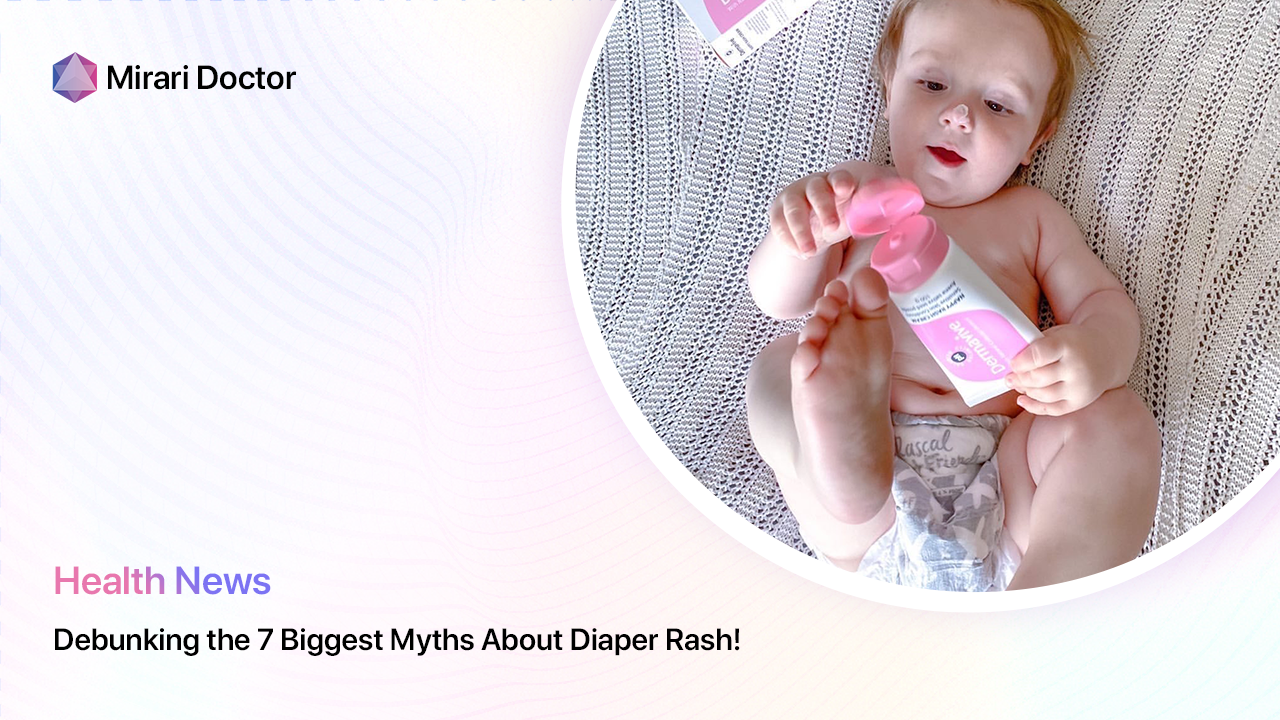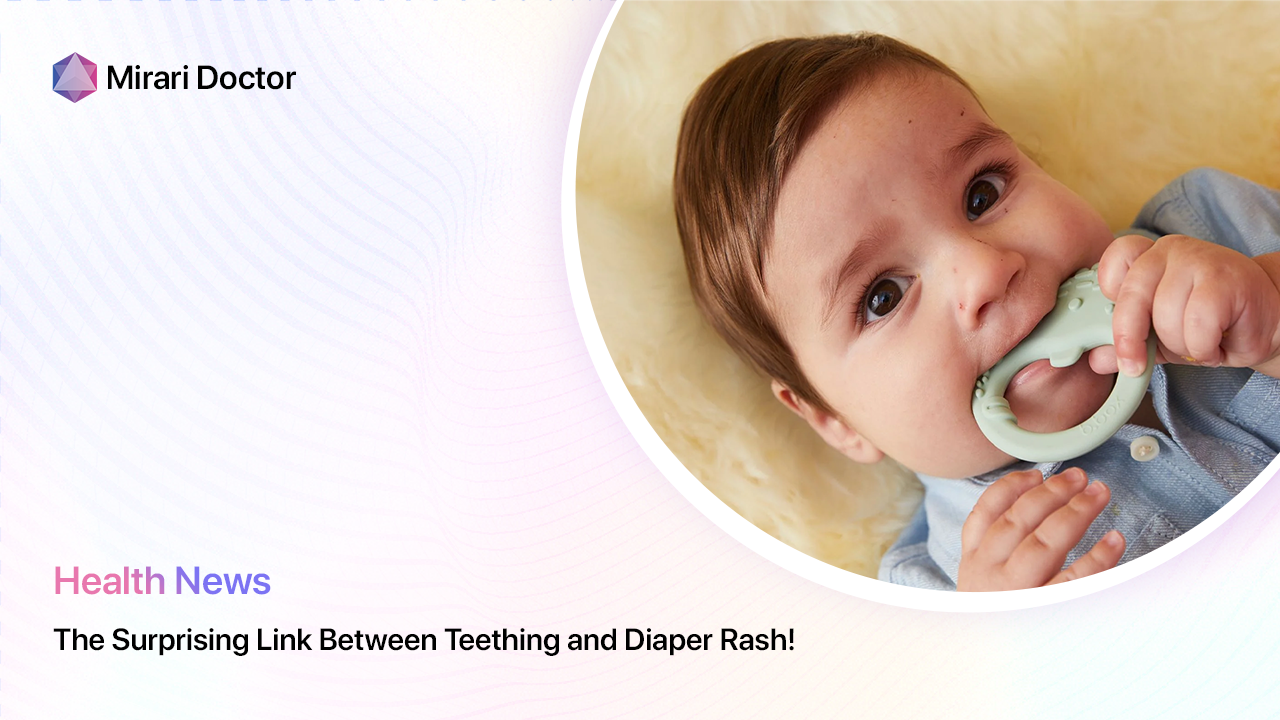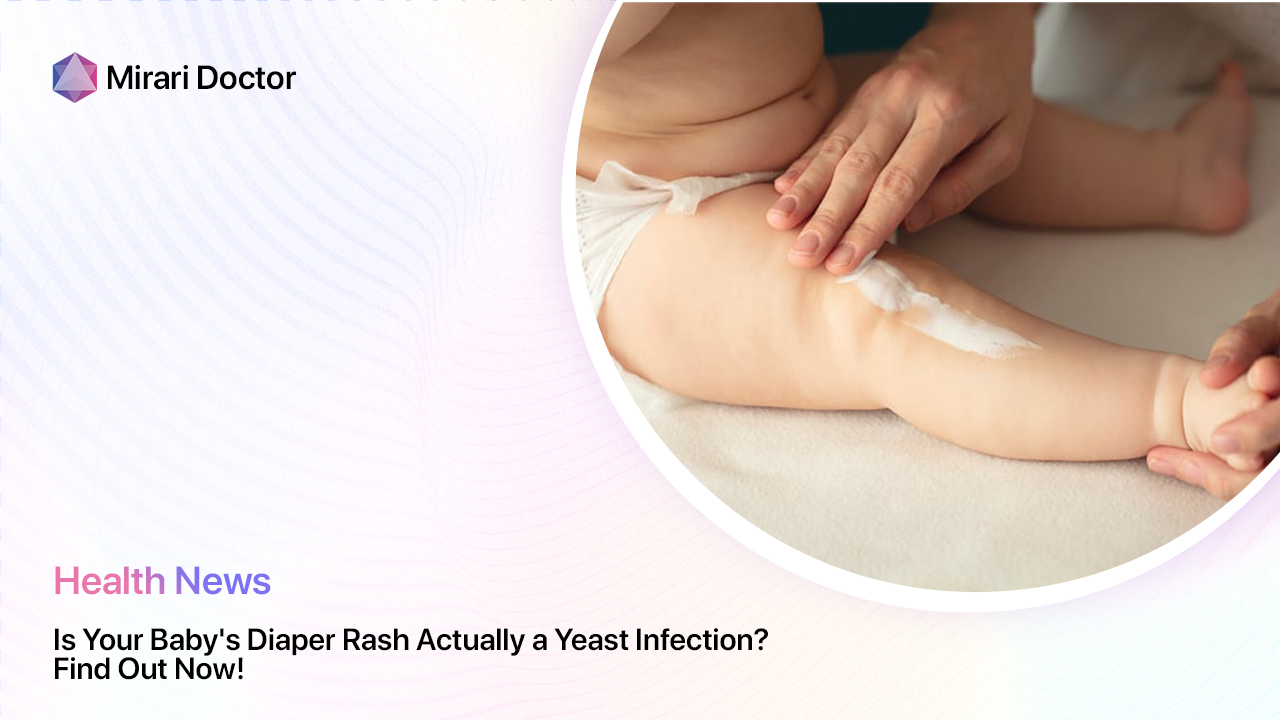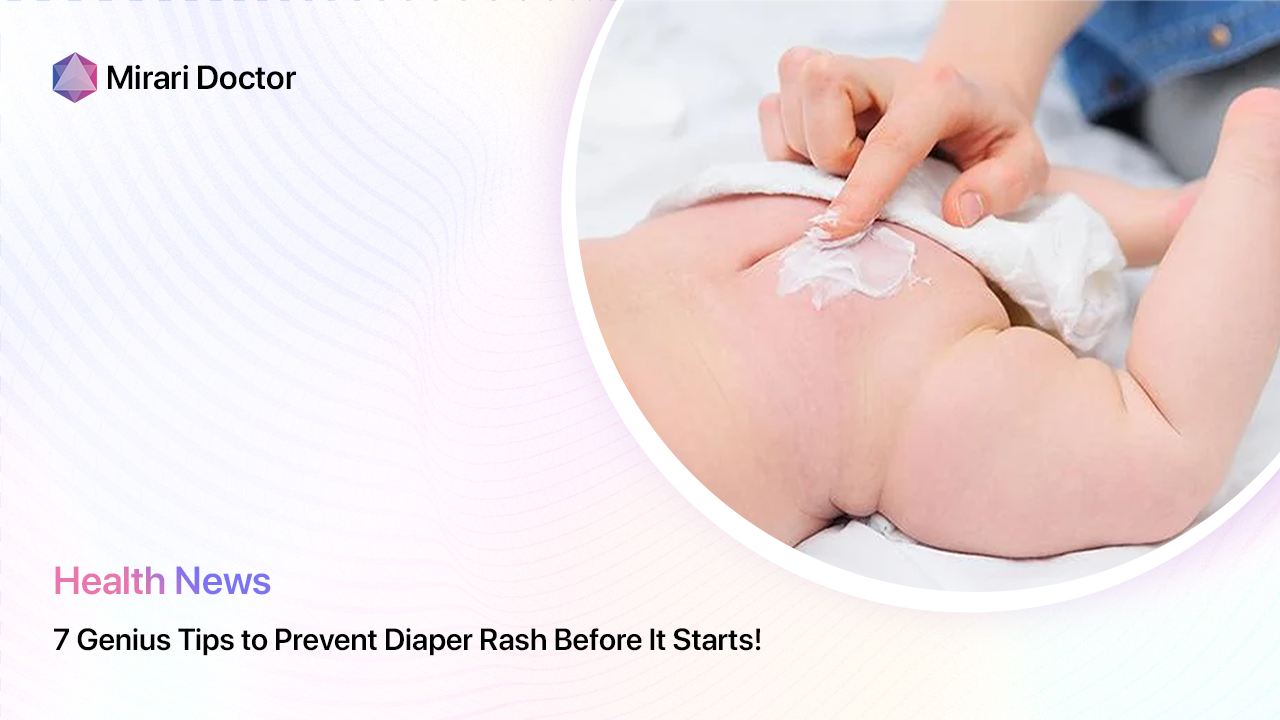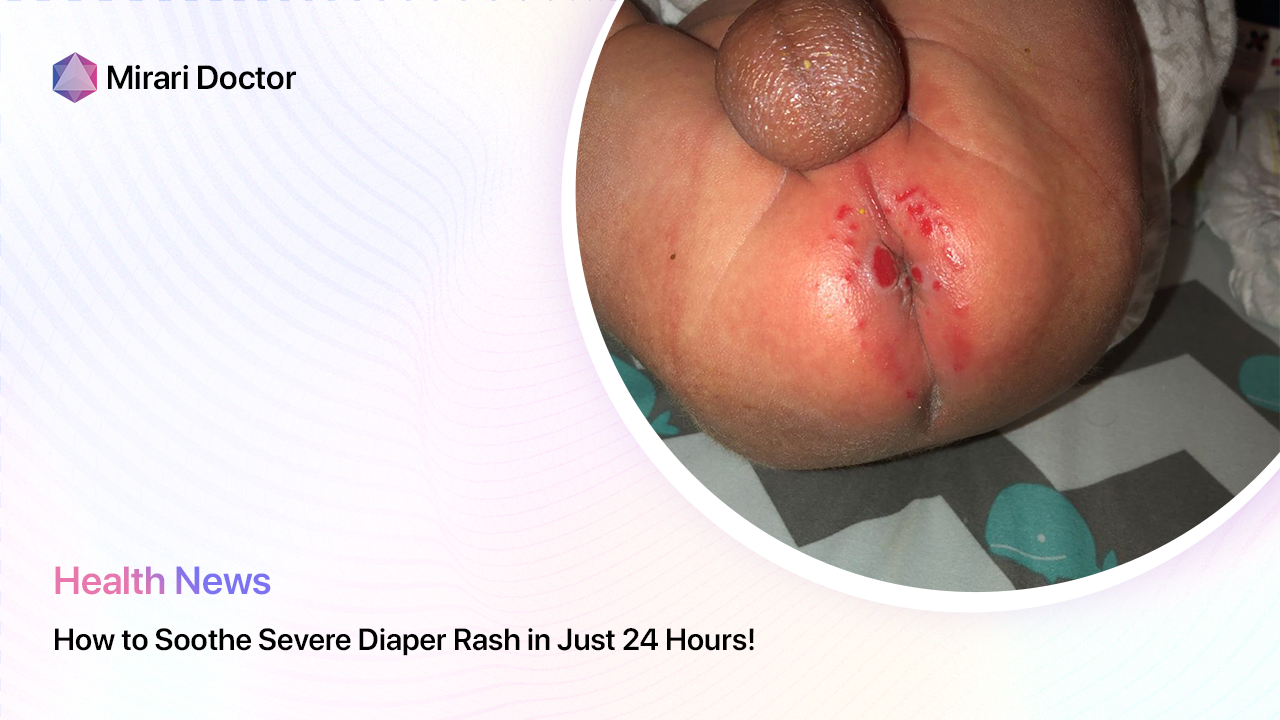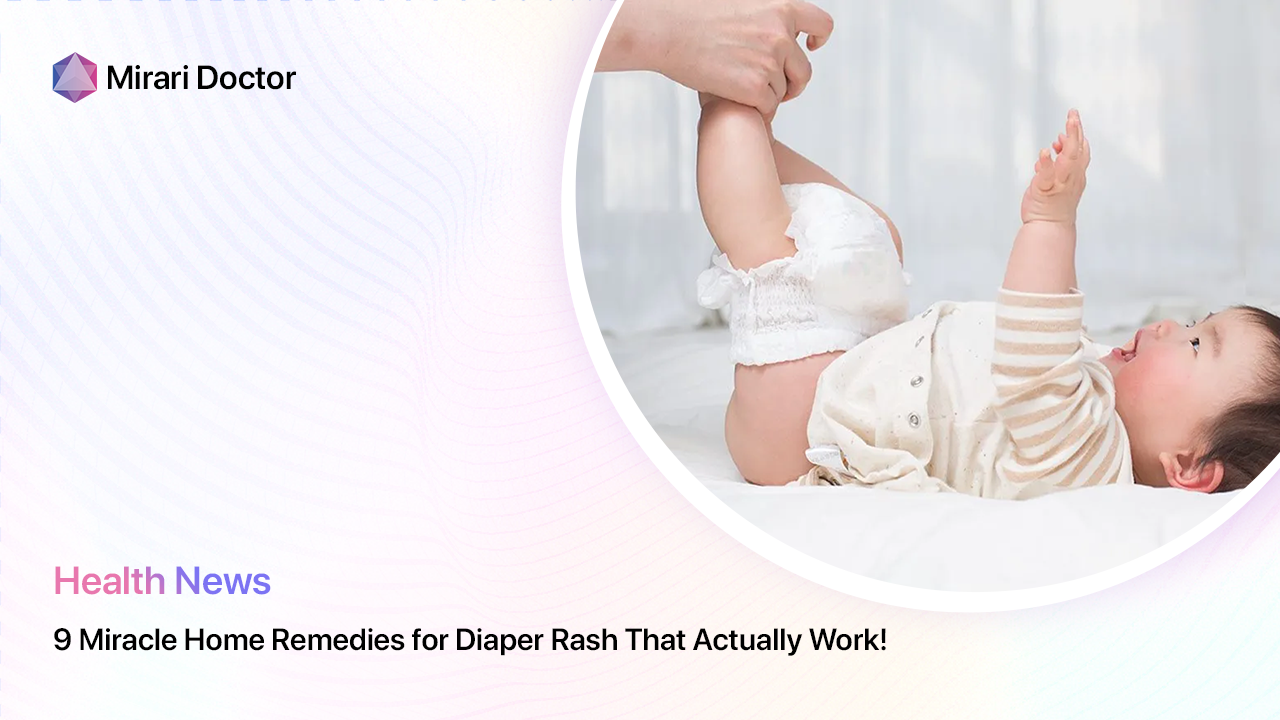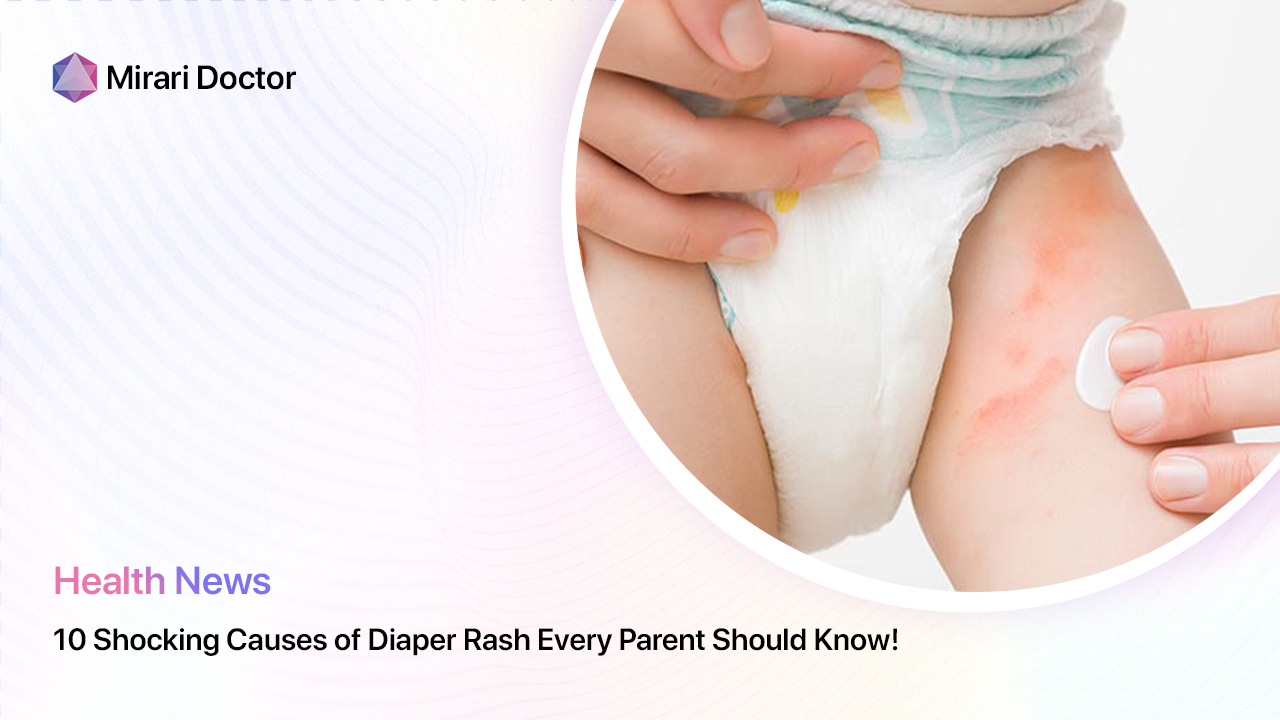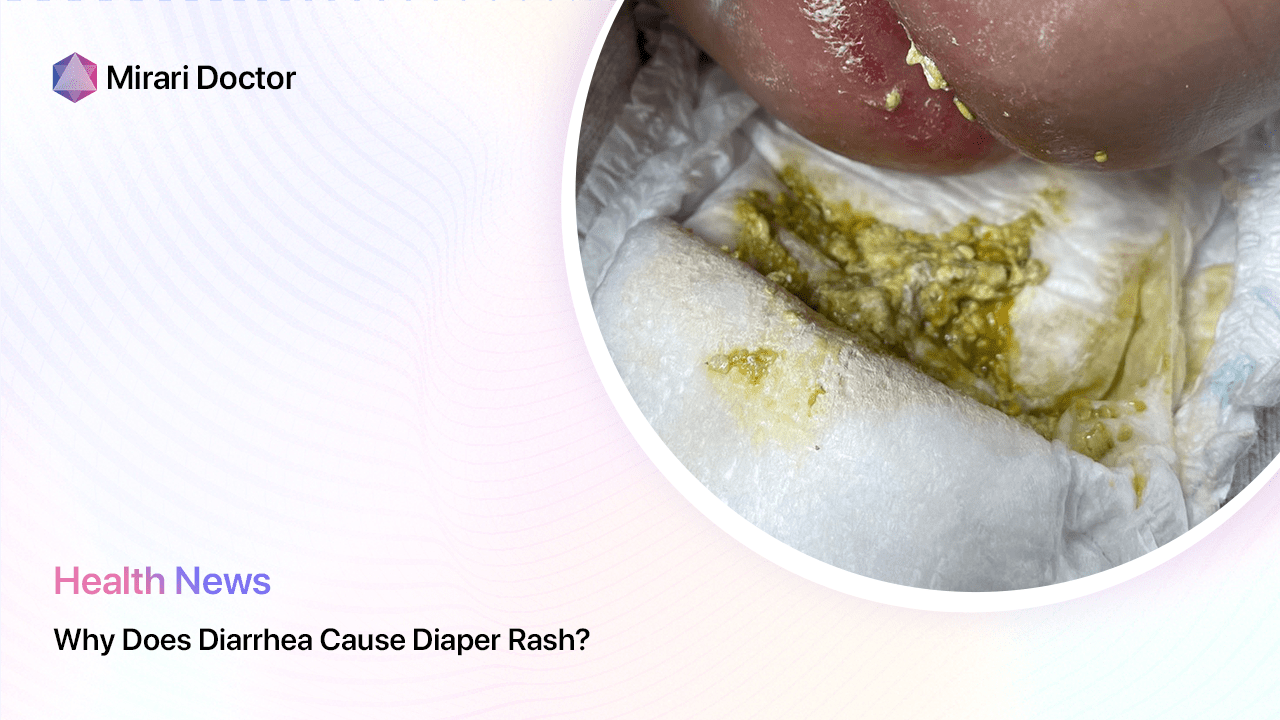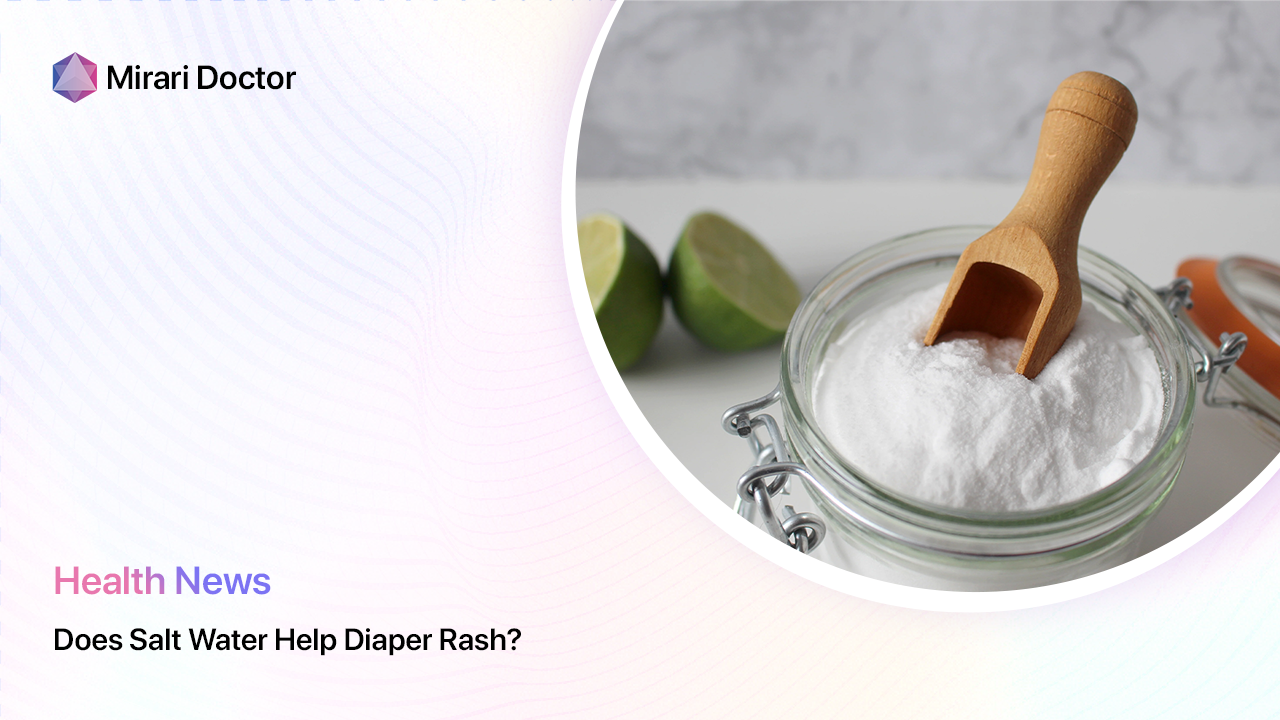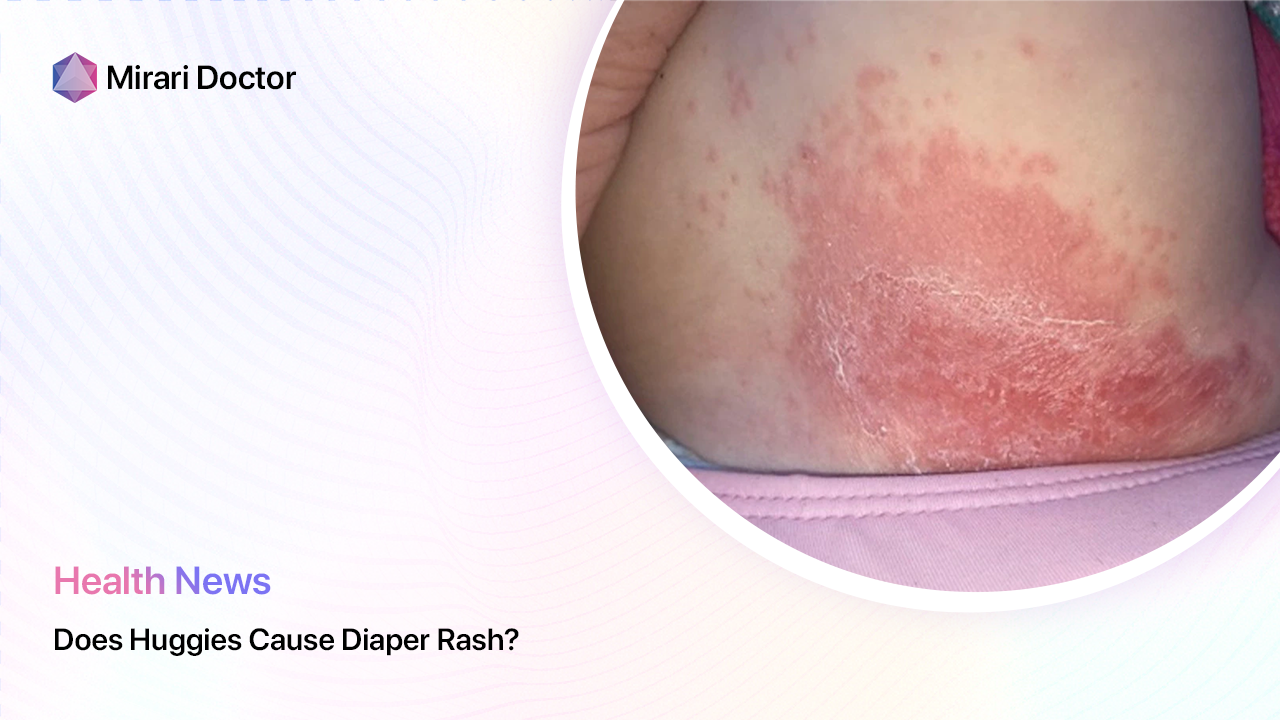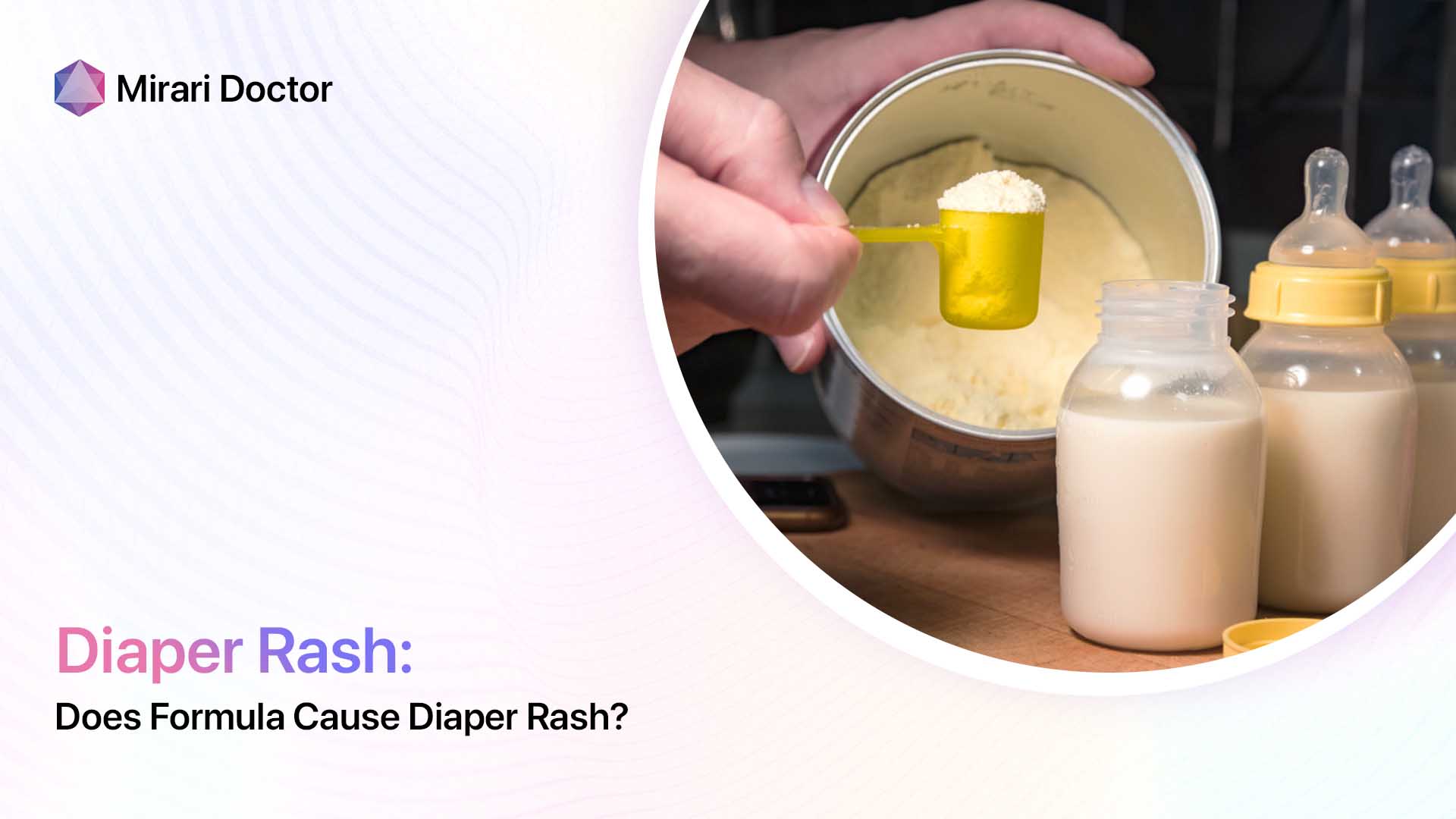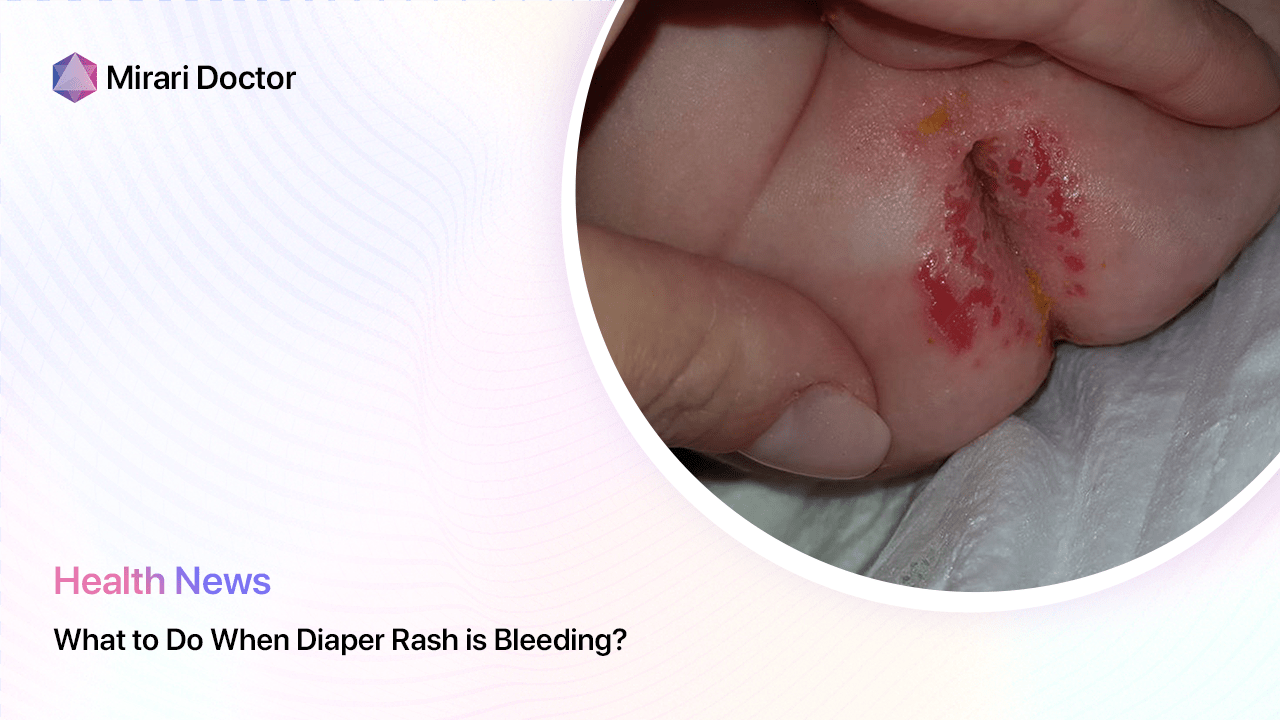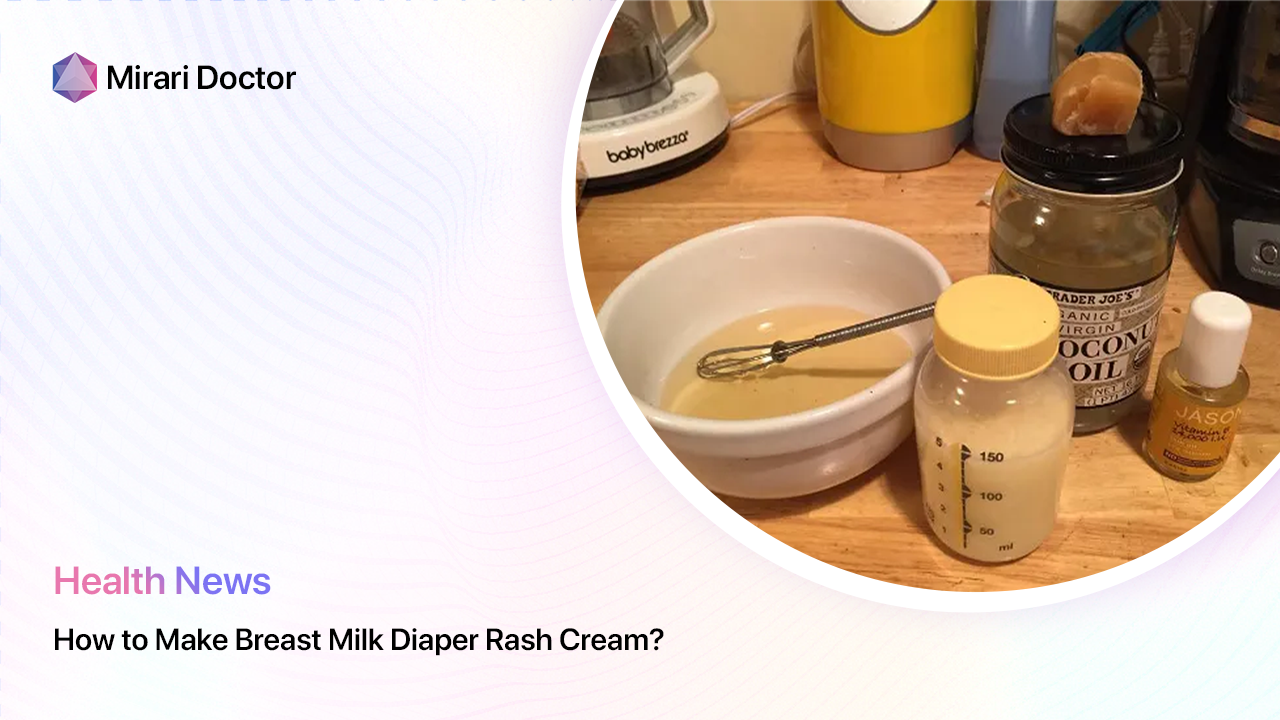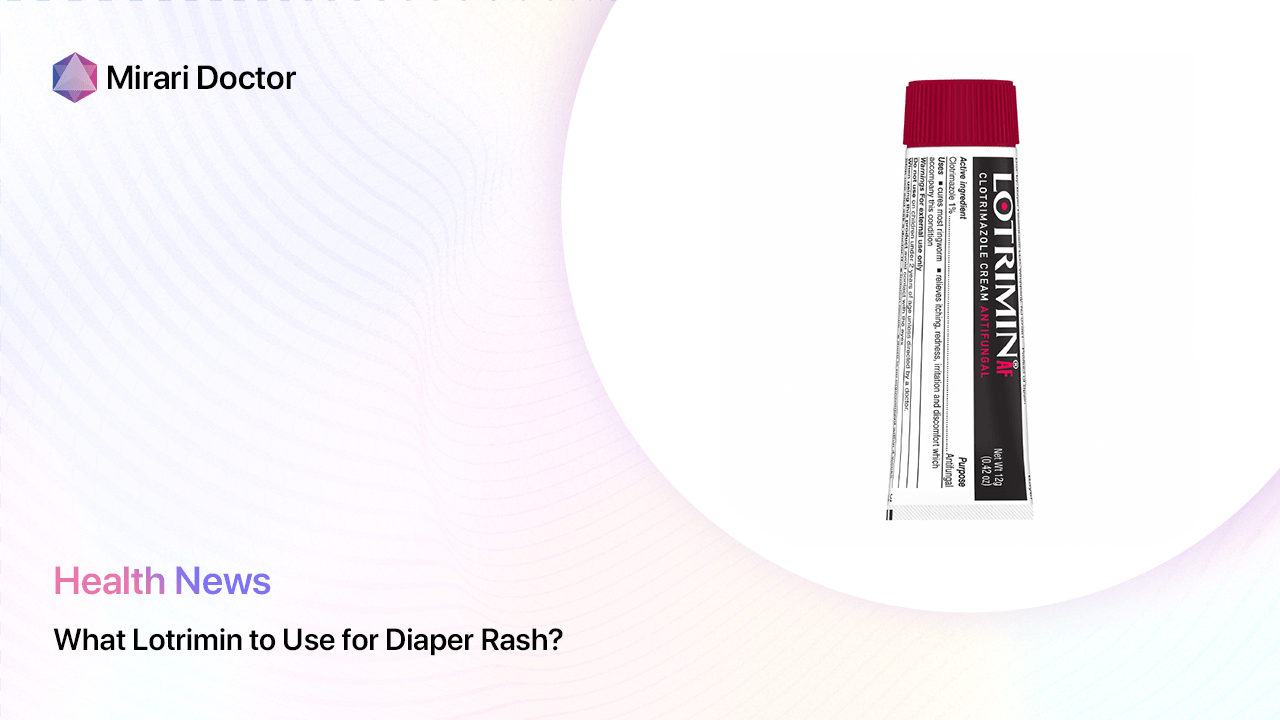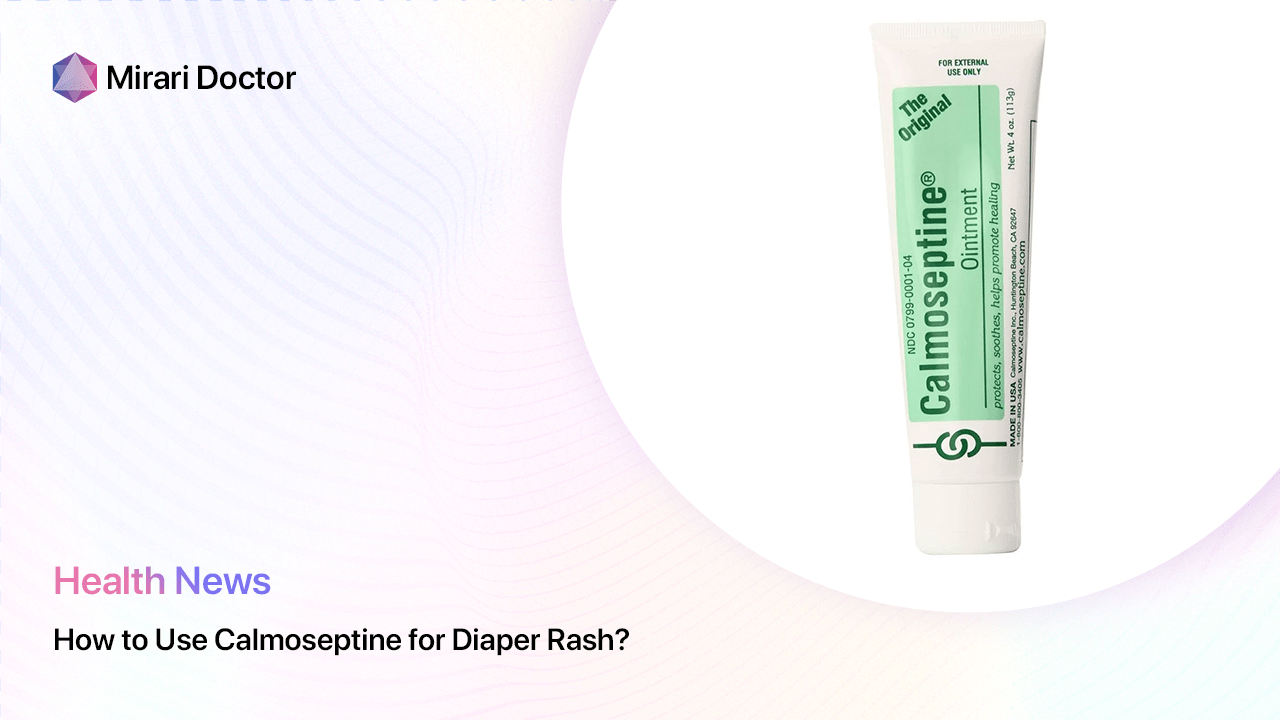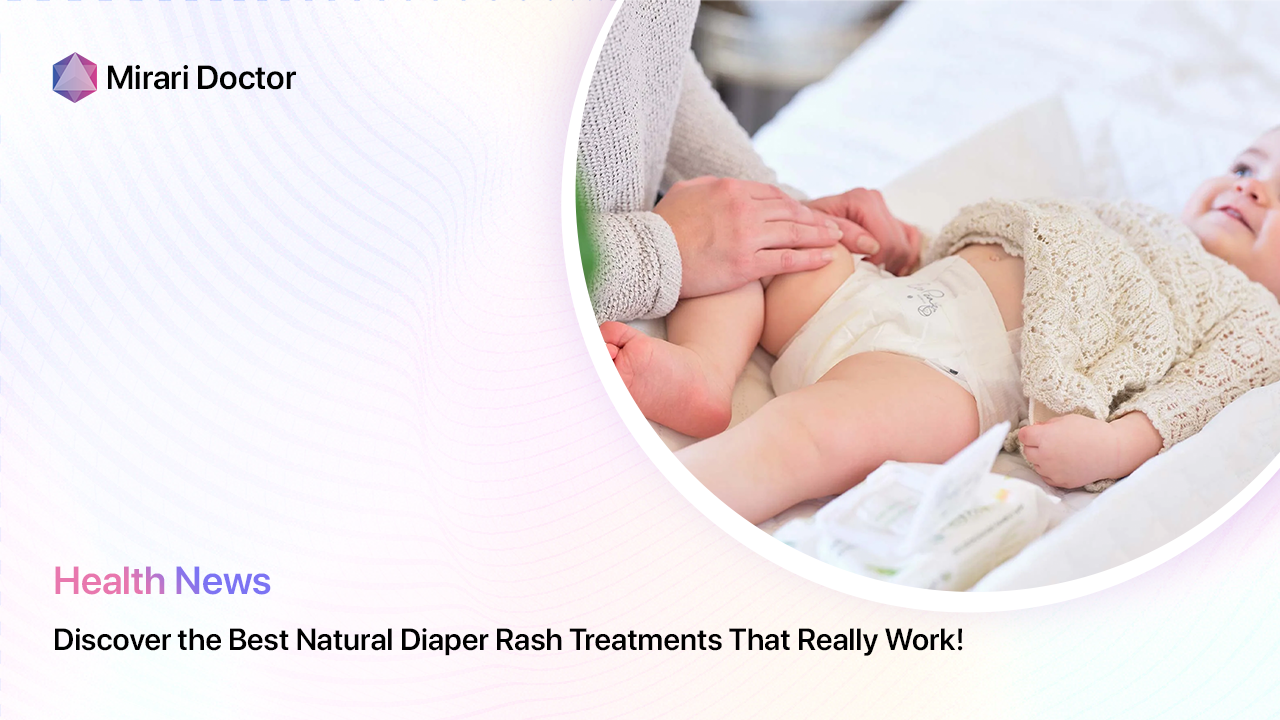
As a parent, seeing your baby suffer from the discomfort and pain of diaper rash can be heartbreaking. While there are many conventional treatments available, more and more parents are turning to natural remedies for diaper rash to soothe their little one’s delicate skin. In this comprehensive guide, we’ll explore the best natural diaper rash creams, homemade diaper rash treatments, and safe natural remedies that can provide relief and promote healing.
Understanding Diaper Rash
Diaper rash, also known as diaper dermatitis, is a common skin irritation that affects the diaper area of infants and young children. It typically appears as red, inflamed patches on the buttocks, thighs, and genitals. The main causes of diaper rash include:
- Prolonged exposure to wet or soiled diapers
- Skin sensitivity and chafing
- Introduction of new foods
- Bacterial or yeast infections
- Use of harsh soaps, wipes, or detergents[1]
While diaper rash is usually not serious, it can cause significant discomfort for your baby. By using natural remedies and implementing proper diaper care, you can effectively treat and prevent this common condition.
Natural Oils for Diaper Rash
Natural oils are a gentle and effective way to soothe and protect your baby’s skin. Here are some of the best options:
Coconut Oil
Coconut oil is a versatile and popular choice for treating diaper rash. Its antimicrobial and anti-inflammatory properties help combat bacteria and yeast that can worsen the rash[2]. To use, simply apply a thin layer of pure, organic coconut oil to the affected area after each diaper change.
Shea Butter
Shea butter is another excellent natural remedy for diaper rash. Rich in vitamins A and E, it nourishes and soothes irritated skin while creating a protective barrier[3]. Look for pure, unrefined shea butter and apply a small amount to the diaper area as needed.
Calendula Oil
Calendula oil, derived from the marigold flower, has potent anti-inflammatory and skin-healing properties[4]. It can help reduce redness and promote the healing of damaged skin. Mix a few drops of calendula oil with a carrier oil like coconut or olive oil before applying to the diaper area.
Remember to always consult with your pediatrician before using any new products on your baby’s skin, especially if they have sensitive skin or allergies.
Herbal Remedies for Diaper Rash
In addition to oils, certain herbs have been traditionally used to treat diaper rash. Here are two popular options:
Chamomile
Chamomile has soothing and anti-inflammatory properties that can help calm irritated skin[5]. Brew a strong cup of chamomile tea, let it cool, and use it to gently cleanse the diaper area during changes. You can also add a few drops of chamomile essential oil to a carrier oil for a soothing massage.
Calendula
Calendula cream is another effective herbal remedy for diaper rash. Look for a high-quality, organic calendula cream or ointment and apply a thin layer to the affected area after each diaper change[6]. Calendula’s skin-healing properties can help speed up recovery and prevent further irritation.
As with any new product, it’s essential to do a patch test first and watch for any adverse reactions. If you notice any worsening of symptoms, discontinue use and consult your pediatrician.
Homemade Diaper Rash Treatments
For parents who prefer a more hands-on approach, DIY natural diaper rash creams can be a great option. Here’s a simple recipe to try:
Ingredients:
- 1/4 cup shea butter
- 1/4 cup coconut oil
- 1 tablespoon beeswax pastilles
- 1 tablespoon zinc oxide powder
- 5-10 drops of lavender or chamomile essential oil (optional)
Instructions:
- Melt the shea butter, coconut oil, and beeswax in a double boiler or glass bowl over a pot of simmering water.
- Remove from heat and stir in the zinc oxide powder until well combined.
- Add the essential oils, if using, and mix thoroughly.
- Pour the mixture into a clean glass jar and allow it to cool and solidify.
- Apply a thin layer to the diaper area as needed, storing the remainder in a cool, dry place[7].
This homemade diaper rash cream combines the soothing properties of shea butter and coconut oil with the protective benefits of zinc oxide. The beeswax helps create a barrier to keep moisture away from the skin, while the essential oils provide additional calming effects.
Natural Ways to Prevent Diaper Rash
Prevention is key when it comes to managing diaper rash. Here are some natural ways to prevent diaper rash and keep your baby’s skin healthy:
- Change diapers frequently: Keeping your baby’s skin clean and dry is crucial. Change wet or soiled diapers as soon as possible to minimize contact with irritants[8].
- Use hypoallergenic products: Choose hypoallergenic diapers and wipes that are free from fragrances, dyes, and other potential irritants. Look for products specifically designed for sensitive skin.
- Allow air time: Give your baby’s skin a chance to breathe by allowing diaper-free time throughout the day. This helps keep the diaper area dry and promotes healing[9].
- Practice gentle cleaning: When cleaning the diaper area, use warm water and a soft cloth or cotton balls. Avoid rubbing or scrubbing the skin, as this can cause further irritation. Pat the area dry before applying any creams or ointments.
- Identify and address sensitivities: If your baby seems prone to diaper rash, try to identify any potential triggers, such as certain foods, soaps, or detergents. Eliminating these irritants can help prevent recurring rashes[10].
By implementing these preventive measures and using natural remedies when needed, you can help keep your baby’s delicate skin healthy and rash-free.
When to See a Doctor
While most cases of diaper rash can be managed at home with natural treatments, there are times when it’s important to seek medical attention. Contact your pediatrician if:
- The rash is severe or persists for more than a few days despite home treatment
- Your baby develops a fever or seems unusually fussy or lethargic
- The rash spreads beyond the diaper area or appears to be infected (oozing, bleeding, or forming blisters)
- You suspect a yeast infection or other underlying condition[11]
Your pediatrician can assess the rash and recommend appropriate treatment, which may include prescription creams or oral medications in more severe cases.
Summary
- Diaper rash is a common skin irritation caused by factors like moisture, chafing, and skin sensitivity.
- Natural remedies such as coconut oil, shea butter, and calendula cream can effectively soothe and treat diaper rash.
- Homemade diaper rash creams using ingredients like zinc oxide and beeswax can provide a safe and effective alternative to store-bought products.
- Preventing diaper rash involves frequent diaper changes, using hypoallergenic products, allowing air time, and gentle cleaning.
- Seek medical attention if the rash is severe, persists, or shows signs of infection.
By incorporating these natural diaper rash treatments and preventive measures into your baby’s care routine, you can help alleviate the discomfort of diaper rash and promote healthy, happy skin.
FAQs
Can I use essential oils directly on my baby’s skin for diaper rash?
No, essential oils should always be diluted with a carrier oil before applying to the skin, especially for babies. Consult with your pediatrician before using any essential oils.
Is it safe to use coconut oil on cloth diapers?
Yes, coconut oil is generally safe for use with cloth diapers. However, it’s best to use a small amount and wash the diapers thoroughly to prevent buildup.
Can I use these natural remedies on newborns?
While many natural remedies are gentle enough for newborns, it’s always best to consult with your pediatrician before using any new products on your baby’s delicate skin.
How often should I apply natural diaper rash treatments?
Most natural remedies can be applied after each diaper change, or as needed. Follow the specific instructions for each product and watch for any signs of irritation.
Can I still use natural remedies if my baby has sensitive skin?
Yes, many natural remedies are well-suited for sensitive skin. However, it’s essential to do a patch test first and introduce new products gradually to monitor for any adverse reactions.
References
- Merrill, L. (2015). Prevention, Treatment and Parent Education for Diaper Dermatitis. Nursing for Women’s Health, 19(4), 324-337. https://doi.org/10.1111/1751-486X.12218
- Verallo-Rowell, V. M., Dillague, K. M., & Syah-Tjundawan, B. S. (2008). Novel antibacterial and emollient effects of coconut and virgin olive oils in adult atopic dermatitis. Dermatitis, 19(6), 308-315. https://doi.org/10.2310/6620.2008.08052
- Akihisa, T., Kojima, N., Kikuchi, T., Yasukawa, K., Tokuda, H., Masters, E. T., Manosroi, A., & Manosroi, J. (2010). Anti-inflammatory and chemopreventive effects of triterpene cinnamates and acetates from shea fat. Journal of Oleo Science, 59(6), 273-280. https://doi.org/10.5650/jos.59.273
- Panahi, Y., Sharif, M. R., Sharif, A., Beiraghdar, F., Zahiri, Z., Amirchoopani, G., Marzony, E. T., & Sahebkar, A. (2012). A randomized comparative trial on the therapeutic efficacy of topical aloe vera and Calendula officinalis on diaper dermatitis in children. The Scientific World Journal, 2012, 810234. https://doi.org/10.1100/2012/810234
- Charousaei, F., Dabirian, A., & Mojab, F. (2011). Using chamomile solution or a 1% topical hydrocortisone ointment in the management of peristomal skin lesions in colostomy patients: results of a controlled clinical study. Ostomy Wound Management, 57(5), 28-36. https://pubmed.ncbi.nlm.nih.gov/21617262/
- Panahi, Y., Sharif, M. R., Sharif, A., Beiraghdar, F., Zahiri, Z., Amirchoopani, G., Marzony, E. T., & Sahebkar, A. (2012). A randomized comparative trial on the therapeutic efficacy of topical aloe vera and Calendula officinalis on diaper dermatitis in children. The Scientific World Journal, 2012, 810234. https://doi.org/10.1100/2012/810234
- Agarwal, A., Gupta, S., & Mittal, A. (2015). Formulation and evaluation of herbal diaper rash cream. International Journal of Pharmaceutical Sciences and Research, 6(5), 2094-2098. https://doi.org/10.13040/IJPSR.0975-8232.6(5).2094-98
- Merrill, L. (2015). Prevention, Treatment and Parent Education for Diaper Dermatitis. Nursing for Women’s Health, 19(4), 324-337. https://doi.org/10.1111/1751-486X.12218
- Stamatas, G. N., & Tierney, N. K. (2014). Diaper dermatitis: etiology, manifestations, prevention, and management. Pediatric Dermatology, 31(1), 1-7. https://doi.org/10.1111/pde.12245
- Atherton, D. J. (2004). A review of the pathophysiology, prevention and treatment of irritant diaper dermatitis. Current Medical Research and Opinion, 20(5), 645-649. https://doi.org/10.1185/030079904125003575
- Ravanfar, P., Wallace, J. S., & Pace, N. C. (2012). Diaper dermatitis: a review and update. Current Opinion in Pediatrics, 24(4), 472-479. https://doi.org/10.1097/MOP.0b013e32835585f2
Related articles
Made in USA


